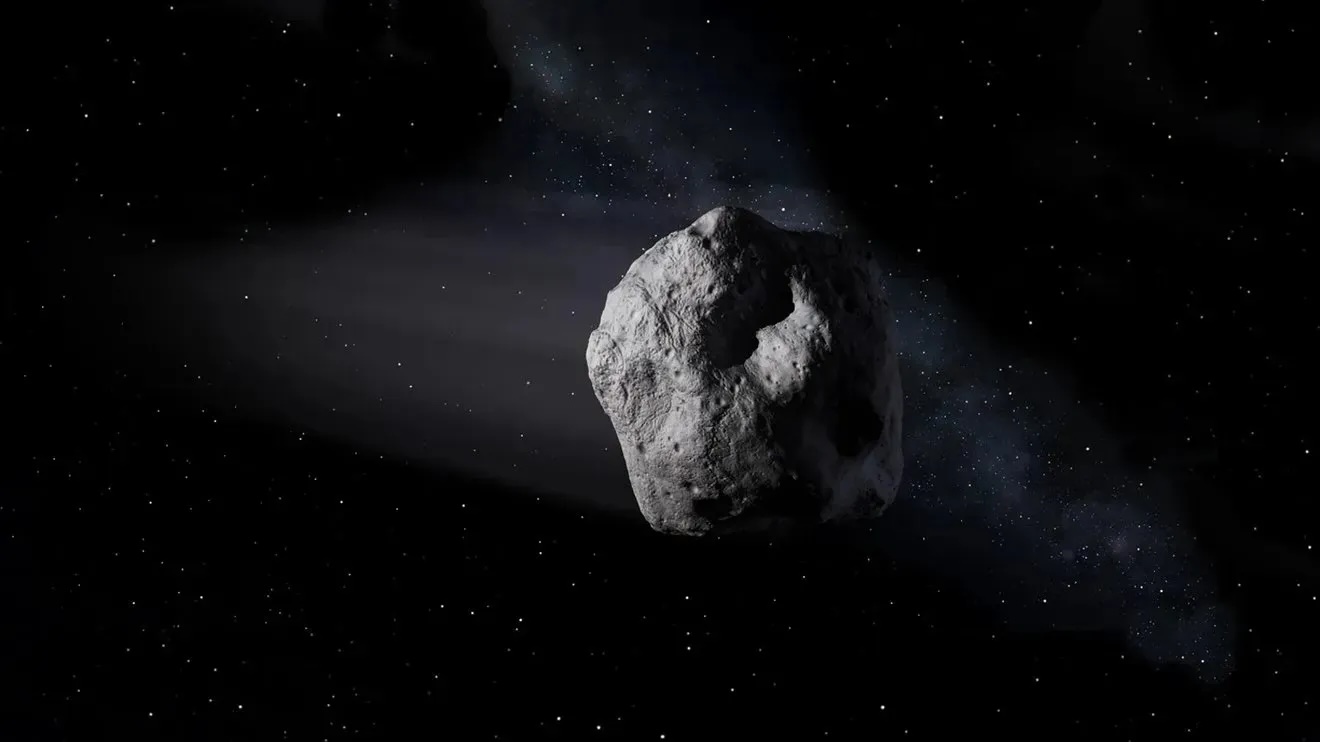When you buy through link on our site , we may earn an affiliate mission . Here ’s how it works .
In space , nobody can listen you scream — or explode , or give , or slow collide with a neighboring galax . But now , thanks to a young " data sonification " program atNASA , you’re able to at least get a horse sense of what some of the most extreme phenomenon in the universe might sound like when converted to audio played by Earthly instrumental role .
To hear what that sounds like , we turn to NASA ’s ChandraX - raycenter — which has been fancy removed galaxies with its Chandra X - ray lookout station for 20 years now . ( Apparently , just seeing the wonders of the universe was not enough for them . ) In their new initiative , Chandra researchers have take three iconic mental image from their archive and translate unlike frequency of light into dissimilar sales talk of sound .

The Crab Nebula sounds oddly beautiful.
Take the travel along video of thecrab nebula(a supernova remnant power by a windyneutron lead ) . In NASA ’s data point sonification of the nebula , X - ray lighter ( blue and white-hot ) is comprise by organization instruments ; optic light ( purple ) is wager by strand cat’s-paw ; and infrared ignitor ( pink ) is represented by woodwinds . The pitch of each instrument family increase from the bottom of the image to the top , so many tones are audible at the same metre . The sound converge near the center of the nebula , where a rapidly whirl pulsar is blast gas and radiation in all directions . Listen below :
Related:12 trippy objects hidden in the Zodiac
The agency posted two more videosin a statement . One shows the Bullet Cluster — two clusters of galaxies slowly colliding with one another , about 3.7 billion light-colored - years from Earth . This collision provided the first direct evidence of the creation ofdark matter , which is causing distant galaxies in the two grim region of the image to come along large and nigher through a process calledgravitational lensing , according to NASA . Those blue , saturnine - matter - y regions are represented with the blue sound frequencies in the telecasting below , with X - ray light represent with the high frequencies .

The 15 weird beetleweed in our universe
The 12 strangest objects in the universe
9 Ideas about black holes that will bollocks up your mind

The final video show a supernova explosion called Supernova 1987A , appoint for the twelvemonth its light first accomplish Earth from the enceinte Magellanic Cloud ( a orbiter galaxy about 168,000 light - year away ) . Unlike the other two television , which pan over the image from left to right , this supernova gets a particular time - lapse treatment . As a crosshair swoops around the edge of the nova ’s flatulent aura , the prototype gradually transubstantiate to show the explosion ’s evolution between 1999 and 2013 . The undimmed the anchor ring becomes , the higher and louder the pitches sound . The ring of flatulence reaches peak light as the supernova shock - wave ripples through it , according to NASA , leave in the loudest , high pitch at the telecasting ’s end .
So , now you may tell your friends what a supernova , a neutron genius and a bully heap of dark subject sound like … in one sense , anyway .
primitively publish on Live Science .
















